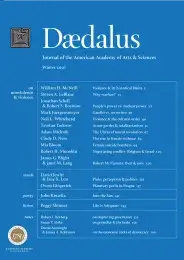Gandhi vs. terrorism
Immediately after the September 11, 2001, attacks on the World Trade Center and the Pentagon, the idea of taking a nonviolent stance in response to terrorism would have been dismissed out of hand. But now, after the invasion and occupation of two Muslim countries by the U.S. military, the loss of thousands of American soldiers and tens of thousands of innocent Afghanis and Iraqis, and the start of a global jihadi war that seems unending, virtually any alternative seems worth considering. It is in this context that various forms of less militant response, including the methods of conflict resolution adopted by India’s nationalist leader, Mohandas Gandhi, deserve a second look.
Like us, Gandhi had to deal with terrorism, and his responses show that he was a tough-minded realist. I say this knowing that this image of Gandhi is quite different from what most Westerners have in mind when they think of him. The popular view in Europe and the United States is the one a circle of Western pacifists writing in the 1920s promoted–the image of Gandhi as a saint.
In a 1921 lecture on “Who is the Greatest Man in the World Today?” John Haynes Holmes, the pastor of New York City’s largest liberal congregation, extolled not Lenin or Woodrow Wilson or Sun Yat-sen but someone whom most of the crowd thronging the hall that day had never heard of–Mohandas Gandhi.1 Holmes, who was later credited with being the West’s discoverer of Gandhi, described him as his “seer and saint.”2 In fact, the term ‘Mahatma,’ or ‘great soul,’ which is often appended to Gandhi’s name, probably came not from admirers in India but from the West. Before the Indian philosopher Rabindranath Tagore used the term in his letter welcoming Gandhi to India in 1914, members of an American and European mystical movement, the Theosophists, had applied this name to Gandhi. Most likely, they were the ones who conveyed it to Tagore, and since then the term has persisted, even though it was Westerners rather than Indians who first regarded Gandhi in such a saintly mien. . . .
To read the full essay, access the PDF of the volume.
